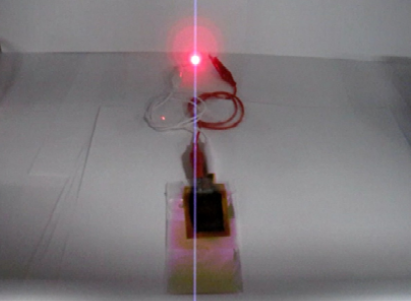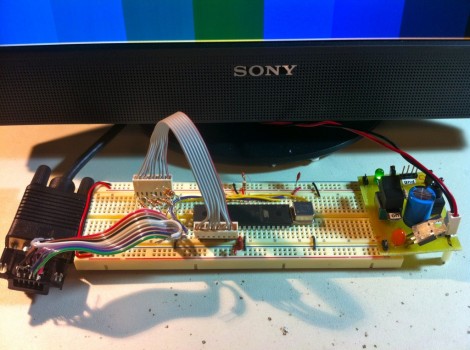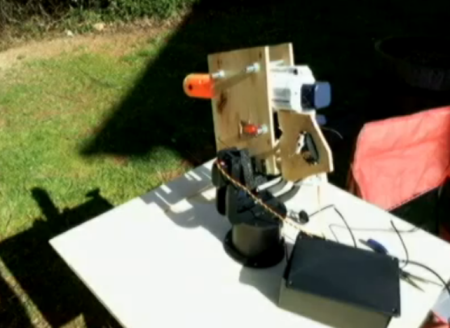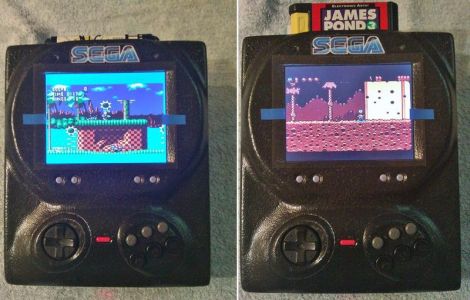[Gil] recently wrote in to tell us about some awesome research going on at UCLA. Apparently by layering some oxidized graphite onto a DVD and tossing it into a lightscribe burner, it’s possible to print your own super capacitors; some pretty high capacity ones at that.
For those that are unaware, supercapcaitors are typically made using two electrolyte soaked, activated carbon plates separated by an ion permeable film. Since activated carbon has an incredible surface area huge energy densities can be reached, in some cases 1kJ/lb.
Laser-formed graphite sponge replaces the activated carbon in the researchers’ printed capacitors. A video after the break discusses the whole process in moderate detail, meanwhile greater detail can be found in their two papers on the subject.
First one to print a transistor gets a bag of mosfets!

















